Smart Investor Interviews Keith Weiner
of Smart Investor, interviewed CEO of Monetary Metals, Keith Weiner on the economic issues facing the global economies. Keith explained the reason for the disappointing price development in gold as of late, and what would make the price rise again.
” Unfortunately, many have bought gold using leverage and are facing margin calls, capital requirements and bank loan recalls. This creates a demand for paper money, especially for the US dollar. Many people buy gold to get out of the role of creditor in the dollar system. But right now, more people are selling gold to raise the money they need.”
Keith and Ralph also discuss current inflation pressures and what the impact of rising rates will mean on prices.
“A change in the interest rate causes a lot of damage. But if we only look at consumer prices, the Fed is thinking backwards. Lower interest rates mean moderate, if not declining, consumer prices. We saw that from 1981 to 2020. Raising interest rates will bankrupt marginal producers in any market, reducing supply and raising prices.”
To understand what is causing inflation, and why the ECB can’t fix it, you can read the full interview here.
For those interested in a fundamental understanding of gold and silver price movements, make sure to view our charts and data science.
Make sure to subscribe to our YouTube Channel to check out all our Media Appearances, Podcast Episodes and more!
Additional Resources for Earning Interest on Gold
If you’d like to learn more about how to earn interest on gold with Monetary Metals, check out the following resources:
In this paper we look at how conventional gold holdings stack up to Monetary Metals Investments, which offer a Yield on Gold, Paid in Gold®. We compare retail coins, vault storage, the popular ETF – GLD, and mining stocks against Monetary Metals’ True Gold Leases.
The Case for Gold Yield in Investment Portfolios
Adding gold to a diversified portfolio of assets reduces volatility and increases returns. But how much and what about the ongoing costs? What changes when gold pays a yield? This paper answers those questions using data going back to 1972.


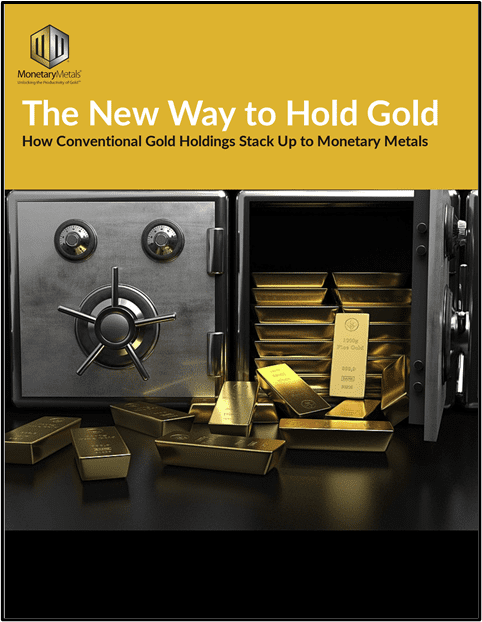
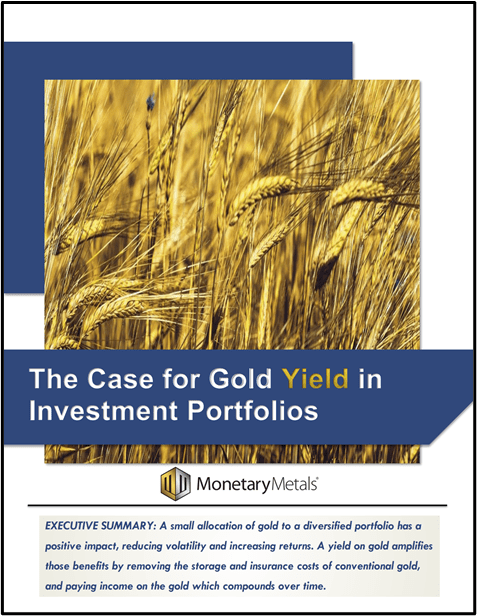
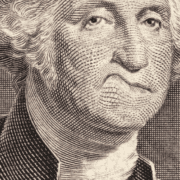
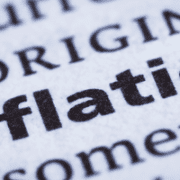
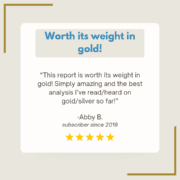


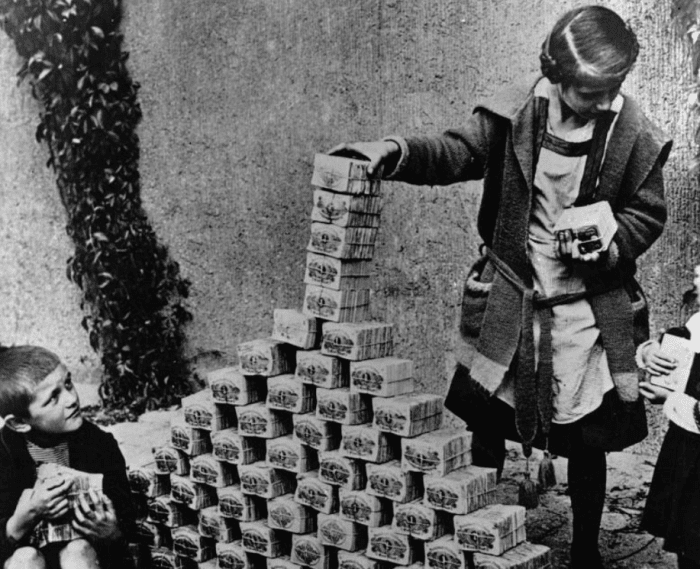



Leave a Reply
Want to join the discussion?Feel free to contribute!